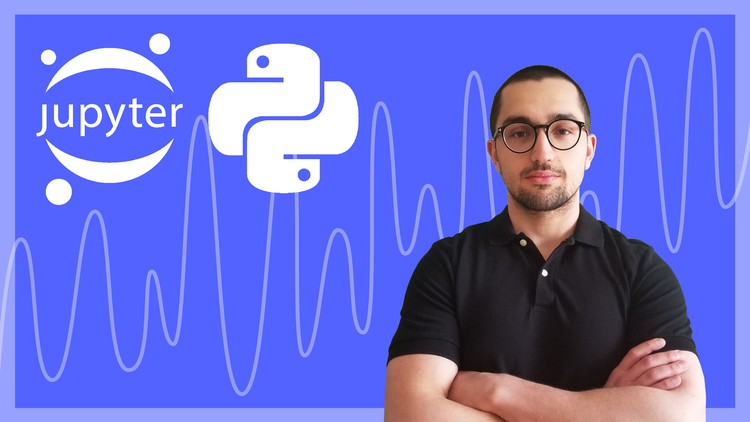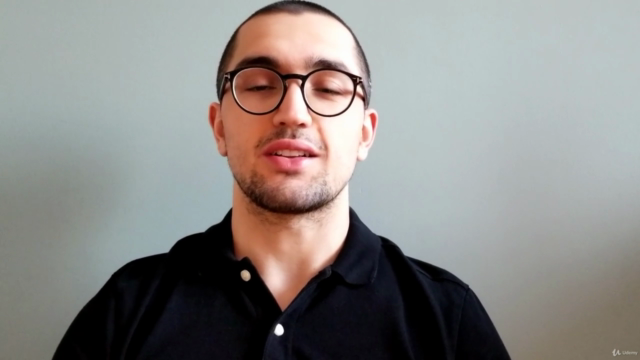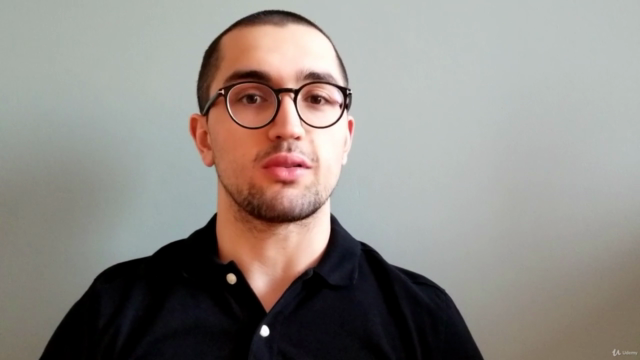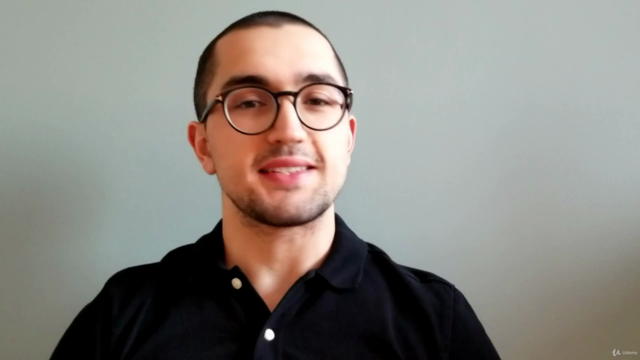Applied Time Series Analysis in Python
Use Python and Tensorflow to apply the latest statistical and deep learning techniques for time series analysis
4.25 (817 reviews)

3,393
students
7 hours
content
Jul 2022
last update
$69.99
regular price
What you will learn
Descriptive vs inferential statistics
Random walk model
Moving average model
Autoregression
ACF and PACF
Stationarity
ARIMA, SARIMA, SARIMAX
VAR, VARMA, VARMAX
Apply deep learning for time series analysis with Tensorflow
Linear models, DNN, LSTM, CNN, ResNet
Automate time series analysis with Prophet
Screenshots




Related Topics
3667582
udemy ID
11/29/2020
course created date
1/9/2021
course indexed date
Bot
course submited by